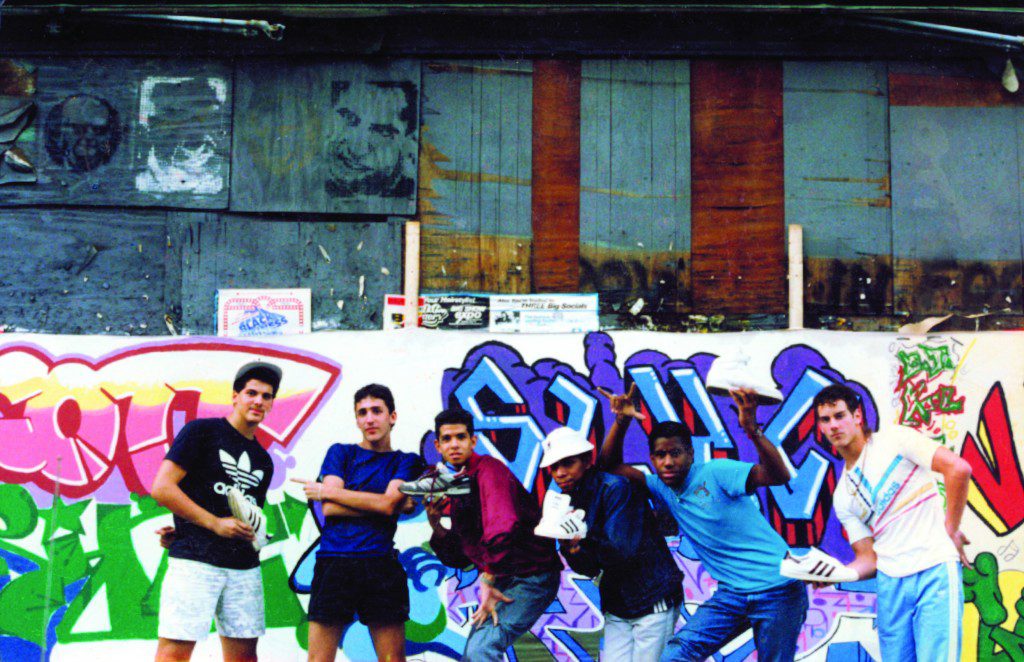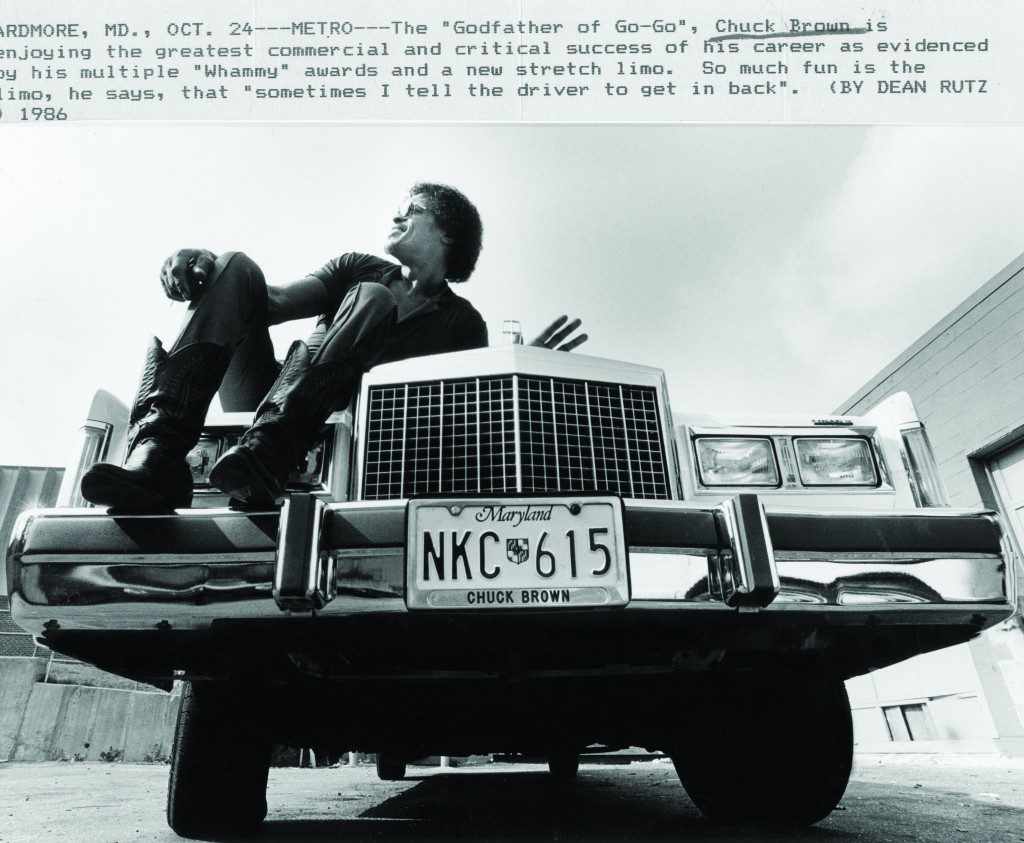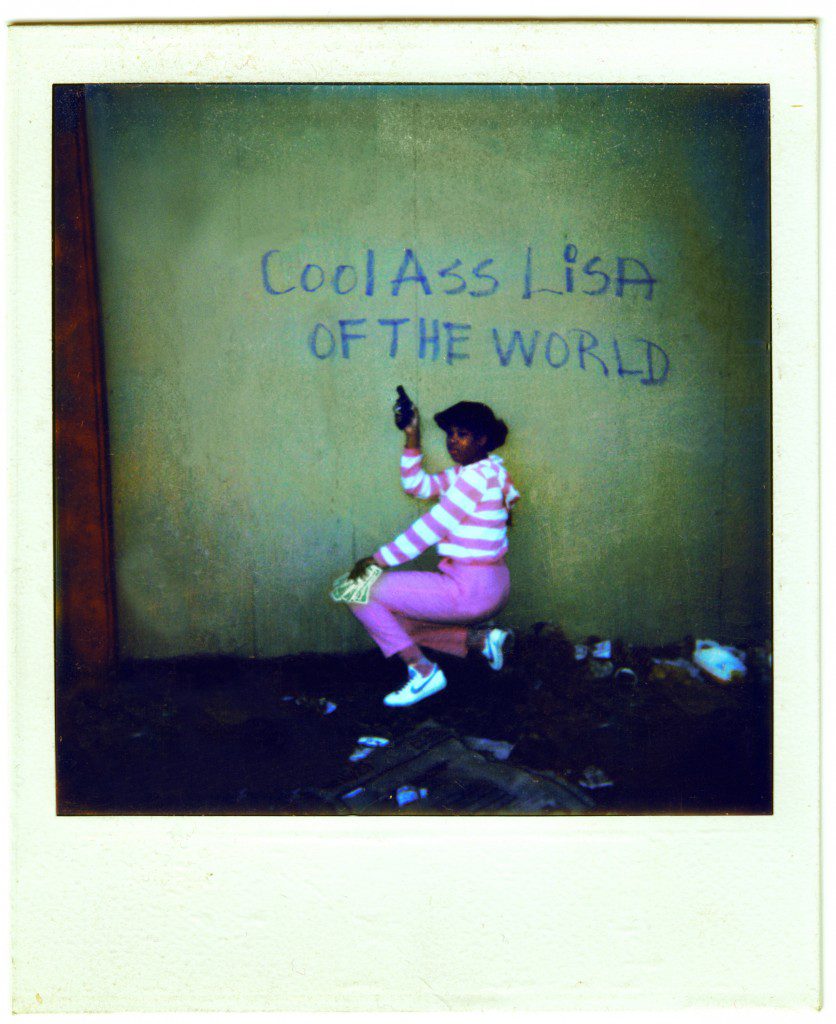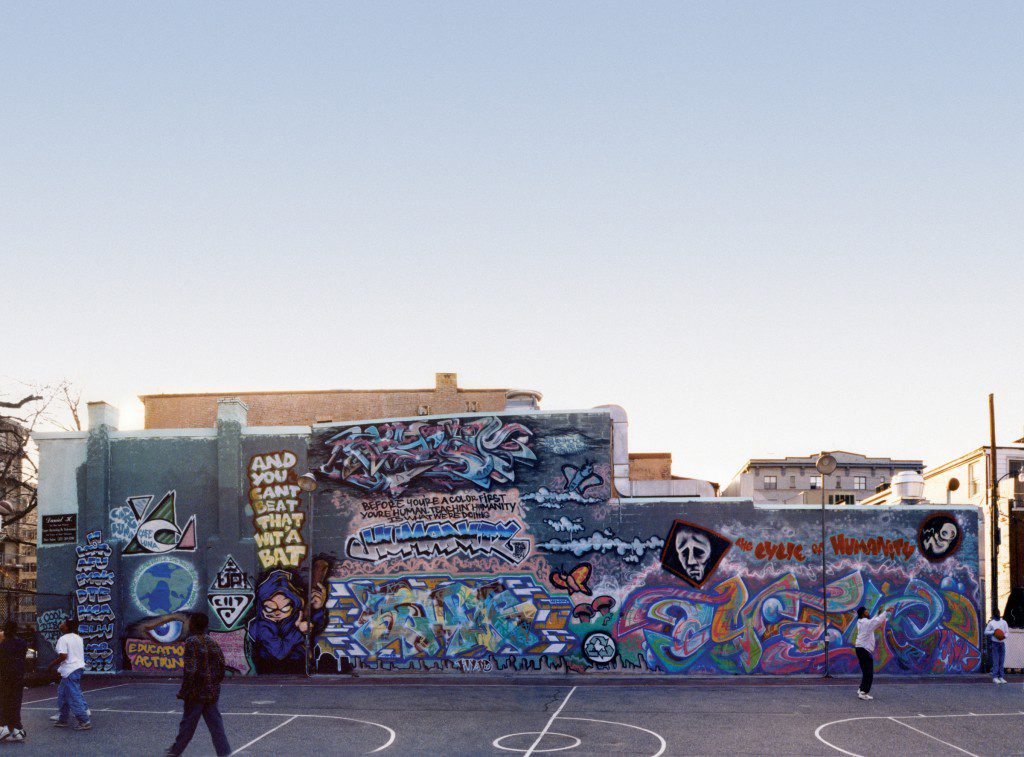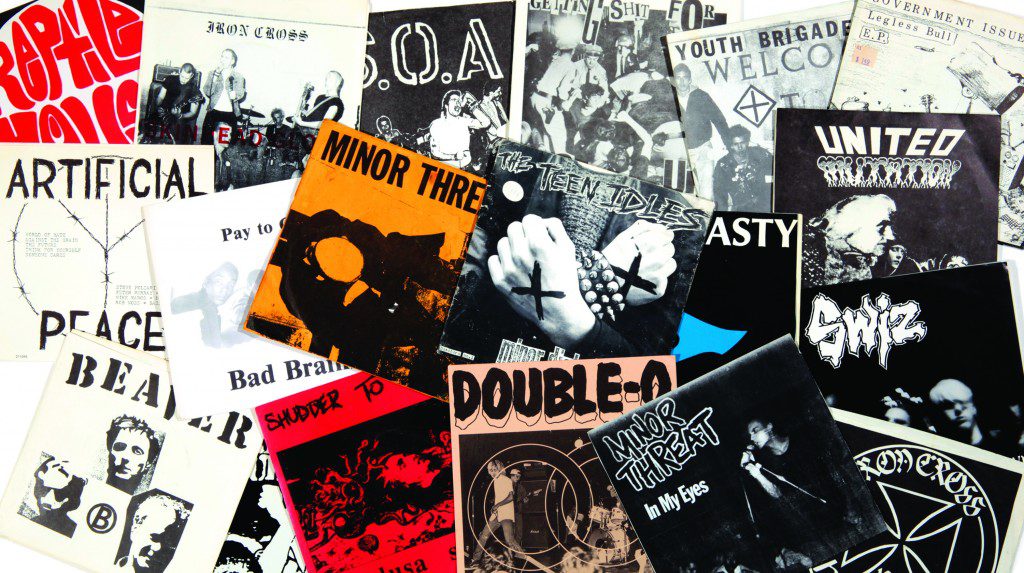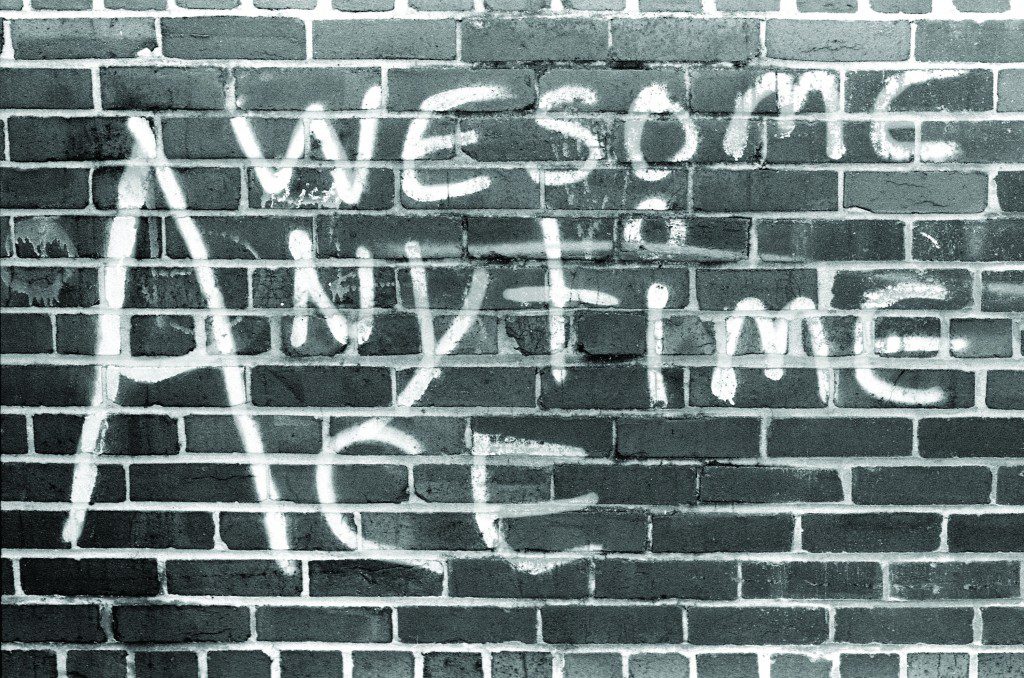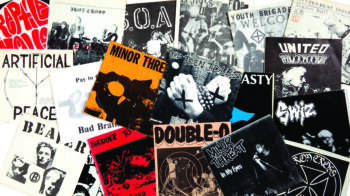
Roger Gastman once asked me to deliver thirty dollars to an artist in a D.C. neighborhood where “If you are caught purchasing drugs, your car will be impounded” signs are posted everywhere. I handed said artist an envelope with the cash, in exchange for a fistful of drawings, while a woman wearing only a Redskins jersey and high heels stumbled by. Years before, as a magazine editor, Gastman had assigned me interviews with porn stars, rock stars, and washed-up child stars, so this request was not as suspect as it likely looked on surveillance video.
King Leopold of Belgium once warned Britain’s Queen Victoria of dealings with artists: “They are acquainted with all classes of society, and for that reason dangerous; they are hardly ever satisfied, and when you have too much to do with them, you are sure to have des ennuis.”
Street art has climbed from subways and stairwells straight into the face of mainstream society, and Gastman’s always there, giving it a leg-up. The graffiti impresario started While You Were Sleeping magazine in his mother’s suburban garage, with graduation money at the age of nineteen. When that folded years later, he launched Swindle, a high-end pop culture quarterly, with Shepard Fairey—all while publishing dozens of graffiti books, agenting other street artists into clothing lines and corporate branding gigs, curating gallery shows, and eventually producing films like Banksy’s Oscar-nominated documentary Exit Through the Gift Shop and Wall Writers.
Today, he’s winding down after the opening weekend of Pump Me Up: D.C. Subculture of the 1980s, his second exhibit at the Corcoran Gallery of Art. It opened in tandem with a 320-page book/catalog of the same name and the release of his film The Legend of Cool “Disco” Dan—a documentary profiling its graffiti king namesake, while exposing some dusty cobwebs of our nation’s capital. Many see Washington, D.C. as the seat of power in the Western world, but locals know another Washington lives in the shadow of the Capital. Gastman’s film and exhibit explore a city often invisible to millions of tourists. It’s the story of what lives beneath the international spotlight of politics and history—the go-go music subculture spawned amidst ’80s drug wars, institutionalized marginalization, a crack-smoking mayor, and crime-infested streets. (The Washington Bullets changed their name to The Wizards in the ’90s, due to negative connotation after D.C. was dubbed the “murder capital.”) All of this parallels and sometimes intersects a world-renowned punk scene that launched the likes of Dischord Records, Dave Grohl, and the Bad Brains.
Pump Me Up tells the subterranean stories of our nation’s capital: the people living behind the marble monuments and amongst annual outbursts of cherry blossoms. They are funny, violent, crude, and compelling tales of survival and creation. Thanks to people like Roger Gastman, they get to be told.
***
The Rumpus: How did a nice Jewish kid from Bethesda get into graffiti?
Roger Gastman: Am I that nice? I think there’d be different opinions on how nice I am depending on whom you ask. In the early ’90s I was into punk rock and hardcore music. Everyone had a tag. They were running around writing on crap. It seemed interesting—I didn’t do it at first. By the end of 8th grade I started screwing around with it a little bit and by the middle of 9th grade I was totally immersed in it. Running around downtown, stealing spraypaint, running around at night doing stuff I shouldn’t have been doing. Most of the people from the suburbs were dumb enough to write all over the suburbs and would quickly get caught, get in trouble, get raided by the police, and that would usually be the end of their graffiti careers. Their parents would not be too happy that there were a lot of police cars in front of their houses. For whatever reason, I learned not to do that or to write a different name, and just kept at it. I was never the best graffiti writer; I was never the worst. I did a lot of it, traveled for it, and I met a lot of people through it.
My mom knew what I was up to, to an extent. I tried to hide it at first. I’m sure she didn’t like it. I’m sure she still doesn’t like it, but even if she would have taken all my paint and thrown it away I would have done it no mater what. Honesty was the best policy in a way.
Rumpus: What role did politics or locale play in ’80s-era D.C. subculture and art?
Gastman: Well, you would know about the 80s more than me…
Rumpus: Ha. Oh yeah, because I’m old. Were you about five years old then? Okay, ’80s and ’90s D.C. subculture…was it influence by being in a political city?
Gastman: From everything I’ve seen, although D.C. is the nation’s capital or “most important city in the world” or whatever, most of the people that were living there weren’t paying attention to anything that was going on. Especially in the communities where go-gos and go-go crews leading into gangs were happening, the part that made it the “murder capital of the world” at the time.
Rumpus: You could argue that no one in D.C. paid attention to them. It’s still a city whose citizens do not even get a vote in Congress.
Gastman: Yes. I don’t want to make it sound like they were ignorant. If you grow up in it, you’re going to be somewhat immune to things and think, Yeah, that’s just how it is. Reagan and whoever was in Congress [were] not directly affecting any of these people in these neighborhoods. It was more local government-centric. Marion Barry was there, and everyone was very aware of him and who he was. He was a hero to so many. One of the things people loved about him, that they still talk about, was his youth summer jobs program, which was enacted in 1979. If you were in high school and you wanted a job, you’d have one. It might be raking leaves somewhere, but people remember that they had a job and got a little paycheck every two weeks, and many say it helped keep them out of trouble. That’s something that came up in making this movie. No matter how slimy the things he’s done seem, he seemed to be seen as less a politician and more a champion of the people.
On the other side of Washington, where punk rock and hardcore was going on, they were much more aware of politics. Lots of social issues were brought up. Early on in both subcultures, it’s just kids wanting to rebel and create something. Punk rock, graffiti, go-go—none of them are rooted in politics.
Rumpus: Is it fair to say go-go happened in spite of politics, and punk was more a reaction?
Gastman: Part of punk was reacting to politics and social issues. This is mentioned in the book, but there are go-go songs about being poor, not having any money, trying to figure stuff out—more personal politics.
Rumpus: Do you think a movie/exhibit like this brings black and white D.C. artists together, in a way?
Gastman: I don’t know. Yes, we’re bringing them together under one roof, but I think it shows there were two very creative communities going on at the same time. Some of the go-go community was aware of the punk rock community but didn’t care about it, whereas the hardcore punk rock community spread outside of D.C. quickly, and a lot of those fans were very interested in the go-go music.
Rumpus: You’ve built this street art empire—something that would have been unthinkable to most twenty years ago. Who were your business role models at age nineteen?
Gastman: I had no idea what I wanted to do. I probably have a better idea now than I did in high school. I still don’t fully know what I want to do. Most of what I’ve done is by trial-and-error and learning as I go. I also knew a lot of people who were older than me who had done similar things, and they were kind enough to give me good advice. I always had a good team of people who wanted to contribute to projects I was doing, no matter how big or small the pay would be, or their effort would be, but just because they were interested in projects.
I had a network of people I was selling graffiti supplies to around the country by the time I was nineteen, so that helped. Their advice should have been, “Don’t do a magazine; you’re an idiot.” My mom always helped a lot through the years, and she’s had a lot of her own companies through the years. No matter what kind of business you have, so much of it is relationships with people; paying people on time; when you say you’re going to mail something, do it; etc.
I’ve always wanted bigger—bigger distribution and more. Not to get a bunch of money to buy a crazy car, but to do bigger projects. I understood it wasn’t always going to be self-funded. I’ve done a lot of D.I.Y.; I’ve done a lot of huge corporate projects for different brands, but it’s just a job where I have to charge a fair market rate for that work, so that I can do things like go do a show at the Corcoran. It evens out, somewhat.
Rumpus: What lengths did you go to in curating this show and making this film?
Gastman: This show didn’t start as a show—it evolved from the film, The Legend of Cool “Disco” Dan. Joseph [Pattisall, the director] and I were working on it forever, and just kept digging up posters and images we needed. A film with just talking heads is boring, so we kept getting more visuals and ended up amassing this massive collection of weird D.C. ’80s ephemera that went along with the film and represented this culture. We’ve been working on this film for almost a dozen years, so over time some of this stuff started to actually have some value, and through working with museums on other shows we realized the film sort of became an educational film, whether we wanted it to be or not. Tying it into a museum solidifies that even more.
I’ve had to deal with more weirdos for this film than anything. Sending Moneygrams to old gangsters in the movie, or people we interviewed wanting money because they’ve been generous with their time and shared their life stories, but they don’t really understand how it works. I’ve had to do a lot of odd favors, like sending a photographer to shoot somebody’s daughter on her way to prom…the most random things. Someone could have been filming us—“the dumbest white people with a quarter million dollars worth of camera equipment in D.C.’s ghettos.” Crazy situations and random people.
Rumpus: Describe some of the challenges in preserving and exhibiting things that were never meant to last.
Gastman: Stuff is in all kinds of condition. We’ve had to make some reproductions. Some things that were four-by-six inches and ripped in half, we’ll scan and blow up real big and it’ll have more impact. The go-go posters—some of them are ripped and tattered, and some look like the day they were made, but that’s part of the charm of them. It’s across the board, from truly vintage stuff, to things that were salvaged from the streets.
Rumpus: Do you think the museum’s had any concerns, doing a show of this nature?
I think their main concern was that it’s an art museum and what are we showing that’s “legitimate art”? Sure, we could argue over what’s “art” and what’s “not art” forever. From a museum standard, when you’re questioning what’s “art,” it’s, “Oh, whose collection is that artist in?” That’s a legitimate concern. I understand that. We were very careful. Say we have ten walls, and on every wall we’ve made sure to have at least two pieces of “real art”—not just a photo of a gang from 1984—that’s a piece of ephemera. But a Glen E. Friedman photo—he’s in museums. We could have gotten a snapshot of Minor Threat from hundreds of photographers, and they could be great snapshots, but if we get the photo of Minor Threat from Glen Friedman, he’s a true museum artist, so that’s real art on your walls.
Everything has been mapped out very specifically. There’s didactic wall text, which discusses what it is, why it’s there. There are so many things we could have included in this exhibit that we won’t. There’s always going to be someone who says, “Why isn’t this in there?” and you know what? We probably thought of it and there’s probably a reason it’s not in there.
Rumpus: It’s kind of a coup, getting graffiti into such establishments and institutions, isn’t it?
Gastman: Five to ten years ago, more so, but at this point, it’s the cool art that everyone wants. Sotheby’s, Bonhams, Phillips—you name it. Every auction house is doing big auctions once or twice a year with urban art, where graffiti is a huge part of it, making millions and millions of dollars. It’s a proven commodity in the art world with true value. Getting go-go tags and people like SEVEN in the Corcoran? Yeah, that’s kind of crazy, but putting the big “culture” word above them as graffiti and street art—it’s fitting.
Rumpus: For the artist, isn’t it the ultimate way of “getting up”?
Gastman: Absolutely. In the Tyler Gallery, there will be a bunch of old black books from MESK. When he was sitting drawing in Virginia and painting on the red line, he never thought about this. He hasn’t painted graffiti in a zillion years—he lives a straight life in New York now, but he’s still interested in the culture, which is cool.
Rumpus: Did you ever think your teenage hooliganism would lead to collaborating with the likes of the Corcoran?
Gastman: I never thought about it. It wasn’t a goal. Early on, I got paid to do graffiti jobs for brands, so it was always a source of income. It’s awesome, but it’s been an organic evolution. A lot of it goes back to relationships with people over the years, because so many of them have recurring roles. If it was just me doing it by myself, it never would have happened.
Rumpus: You’ve gotten graffiti into some pretty mainstream venues. Where can street art go from here?
Gastman: Bigger. Crazier. Higher. More illegal. There is a new breed of artists doing this now. It is amazing and inspiring.
Rumpus: I know you’ve heard a lot of no’s, and had a lot of headaches along the way with this film. You live in L.A. now, but this is sort of a love letter from you to D.C., isn’t it?
Gastman: I better get a thank you. From somebody, dammit.
***
Pump Me Up: D.C. Subculture of the 1980s runs through April 7, 2013 at the Corcoran Gallery of Art. The Legend of Cool “Disco” Dan debuted Saturday, February 23rd at the AFI Silver Theatre and Cultural Center in Silver Spring, Maryland. Tickets are no longer available for the March 1st screening, however there will be a standby line 30 minutes prior to the showing.
***
All images courtesy of and used with permission by the Corcoran Gallery of Art and Roger Gastman.
First image: BRINCAR, SCOTT, SLY.C (ONE9), an unknown writer, KAZ, and MIZER on F Street, c. 1986. Photo courtesy of ONE9.
Second image: Chuck Brown, 1986. Photo by Dean Rutz, for the Washington Times.
Third image: LISA OF THE WORLD, c. 1985. Photo courtesy of LISA OF THE WORLD.
Fourth image: CYCLE, SMK, MESK, and DAH’s Humanity Wall, 1992. Photo by Dave Schubert.
Fifth image: Various Hardcore 7″ records, 1980s. Photo by Aaron Farley. Collection of Roger Gastman.
Sixth image: Go-go graffiti by AWESOME ANYTIME ACE, c.1985. Photo by Dave Schubert.

